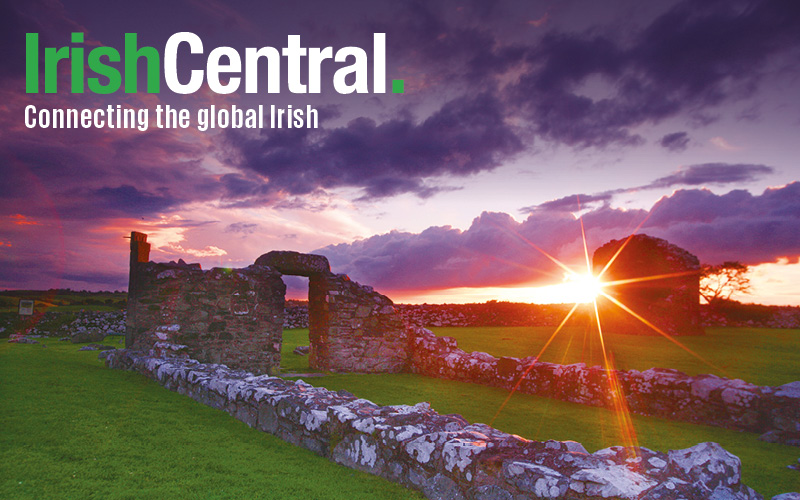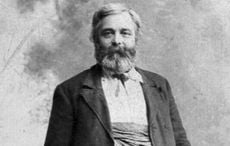The launch of a strategic plan by the Dublin County Board of the GAA last week caused quite a stir both by its strident tone and its ambitious content.
Despite outlining in detail nine key strategic objectives, much of the initial reaction in the media centred on a reference in the document to the commercial challenge faced from other sports in the city, in particular the Leinster rugby phenomenon.
There were also rumblings from within the GAA camp at the suggestion contained in the plan that Dublin should be afforded ‘provincial’ administrative status due to its population.
Harnessing metaphorically the color of the Dublin jersey the plan, entitled ‘Unleashing the Blue Wave’, sets out a detailed strategy for the growth and development of Gaelic games in the capital up until 2017.
With a barely concealed reference to the explosion of interest in Leinster rugby which has been surfing its own blue wave of success in recent years, the document states that the “subliminal exploitation of Dublin’s unique sporting hue by our competitors has not gone unnoticed”.
The reference provoked an instant reaction from Leinster rugby chiefs who claimed that: “We don't see ourselves as a threat and likewise we do not see the GAA as a threat. Many of our players have
played GAA and we took great pleasure in the achievements of the Dublin footballers and the Kilkenny hurlers this season.”
Over the past number of years, relations between the GAA and the burgeoning professional sport of rugby have been excellent with an increasing number of GAA players turning their hand to the oval ball. And the playing of rugby in Croke Park while Lansdowne Road was being redeveloped strengthened that bond.
There is also an undoubted mutual respect between hurlers and footballers, and their rugby counterparts. Several players, especially in Munster, shared underage careers and the physical element of the sports is a common badge of honor.
However, the publication of last week’s document is the first indication that, despite the good relations and the crossover of interest, some in the GAA increasingly see rugby as a rival commercially and to a certain extent in the battle for hearts and minds, particularly in the Dublin region.
This minor spat aside, the strategic report sets out Dublin’s ambitious plans including clear objectives to win an All-Ireland title in football every three years and in hurling every five. Needless to say this raised a few hackles but, ironically, these targets were set out before the footballers landed the Sam Maguire for the first time in 16 years last September.
Again, based on demographics, Dublin is looking for a permanent member on the GAA’s Management Committee, the most important administrative body in the Association.
They also want a greater share of revenue from their own games due to their massive pulling power. One statistic from the report compared the gates from Leinster championship matches in 2009. The average for games not involving Dublin was €107,000 but rose to €1.2million when Dublin was involved.
Infrastructural development and harnessing limited space in the city to cater for the continuing growth of GAA clubs are dealt with in detail in the report including plans to approach Ireland’s National Asset Management Agency (Nama) with the view of buying low-price land for sporting facilities. The Strategic Committee have also referenced the areas in Dublin where Gaelic games remain weak.
The plan aims to establish the Dublin GAA brand as the dominant commercial force in the city and maximize the development of the games and GAA values on the back of that success. Despite the carping criticism from some quarters and the fear that Dublin could overpower rival counties, a successful Dublin brand is a good thing for the GAA because it simply has to be the major player – in every way – in the most densely populated region.
Remarkably successful as it is, the GAA, as an amateur, indigenous, sporting organization, faces unique challenges, challenges that force an assertion of its values and ambition.
‘Unleashing the Blue Wave’ does exactly that. It is a strategy for success.
For the future health of Gaelic games in the capital and beyond, this is a document that the Dublin County Board can’t afford to leave on the shelf.




Comments